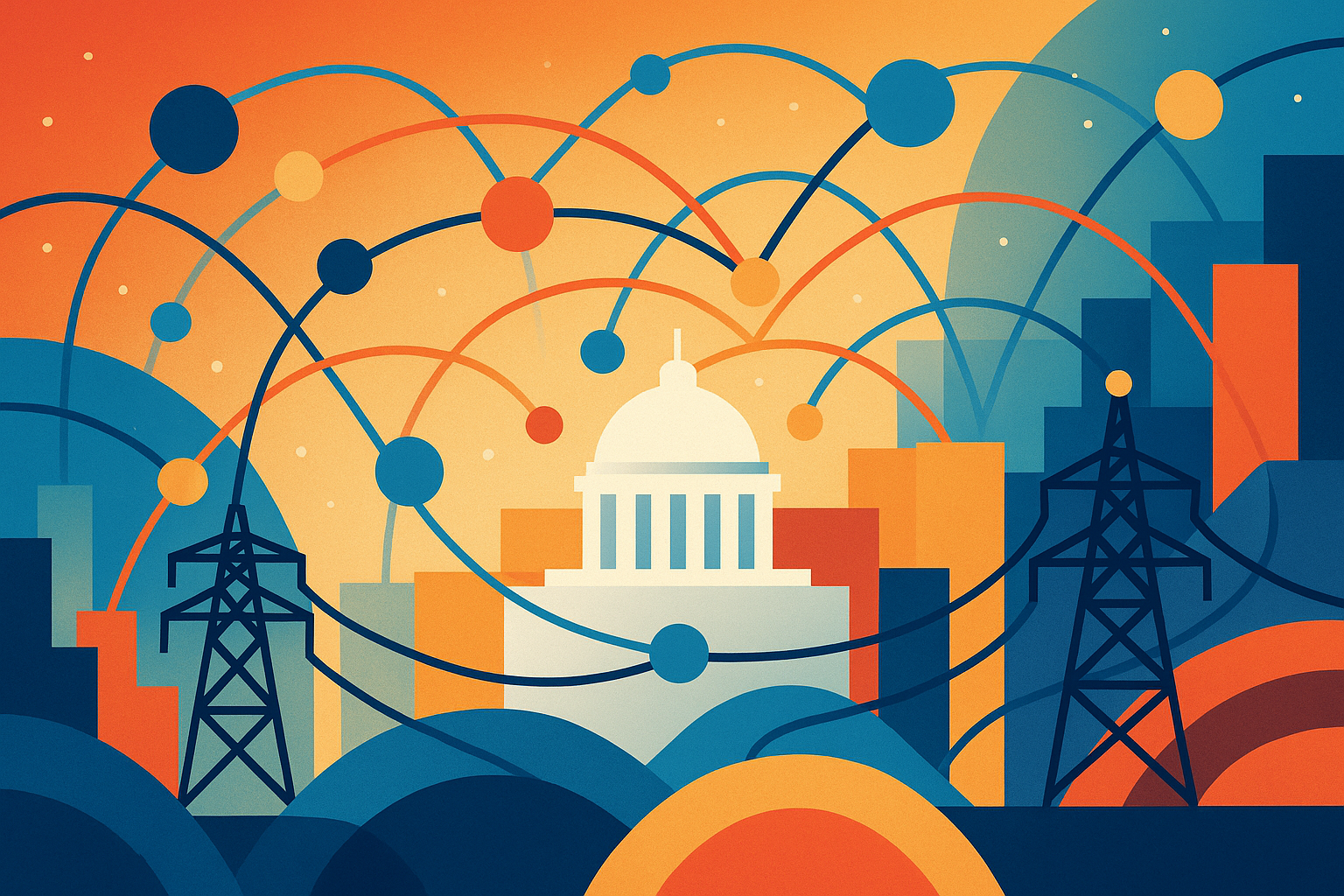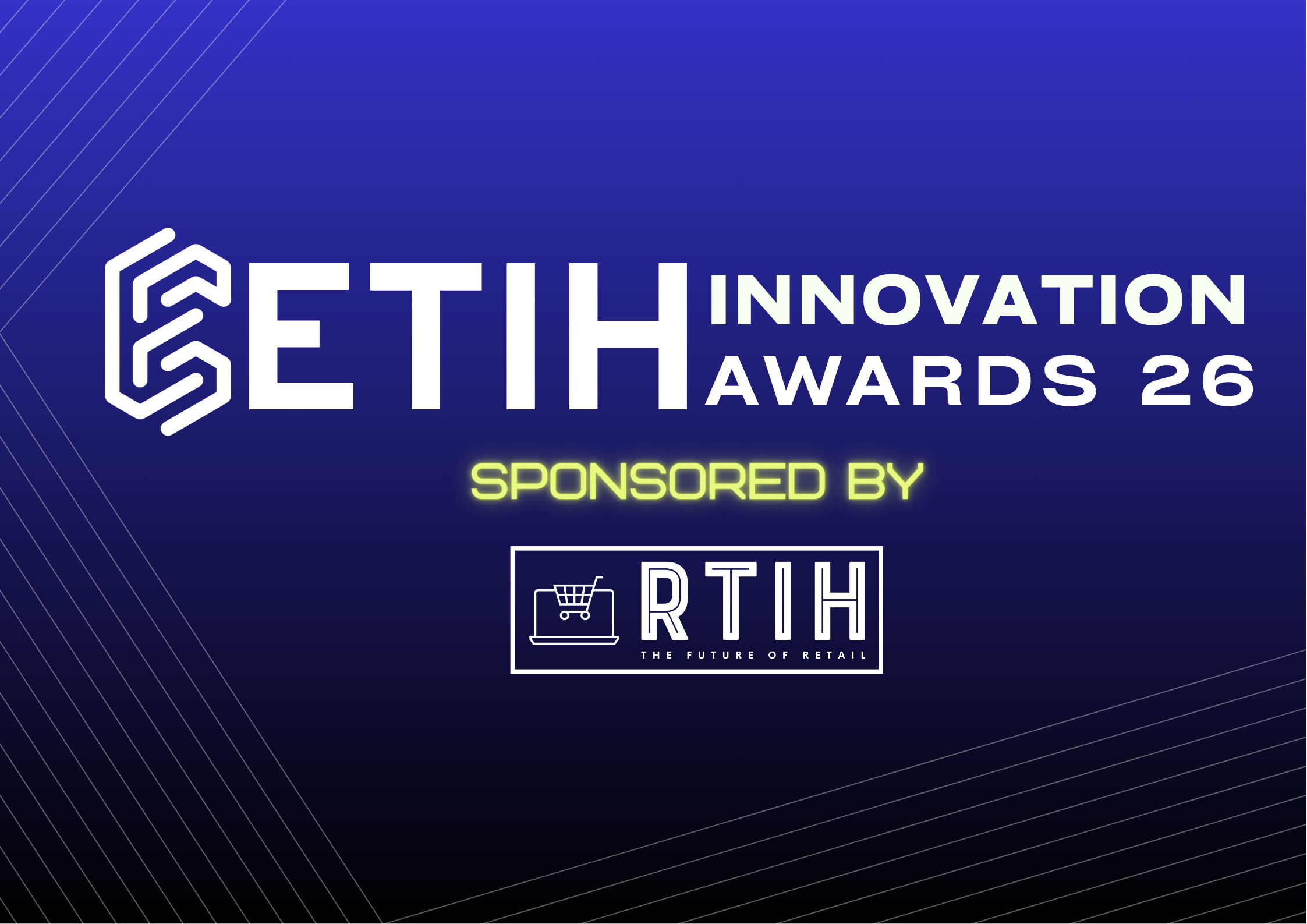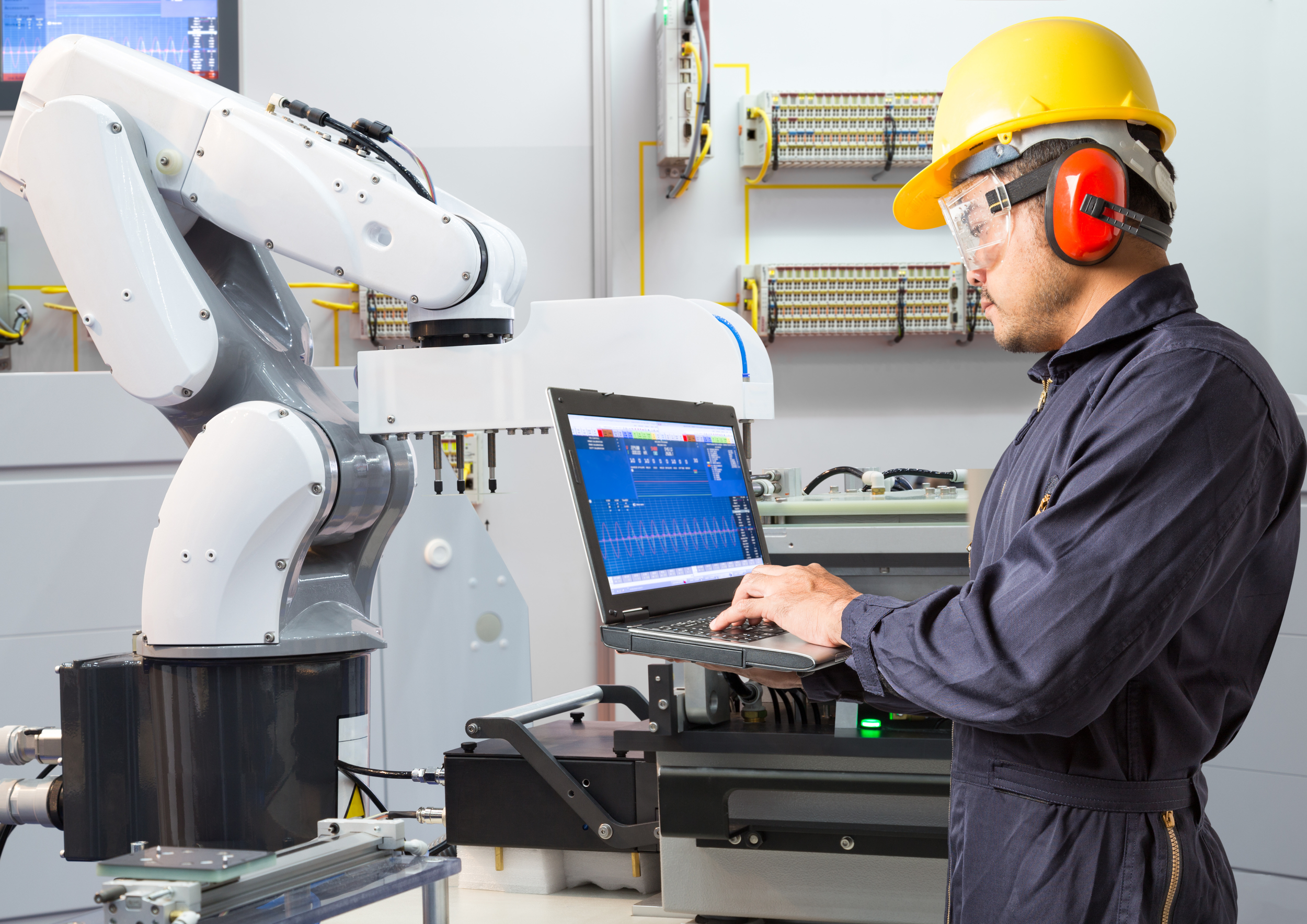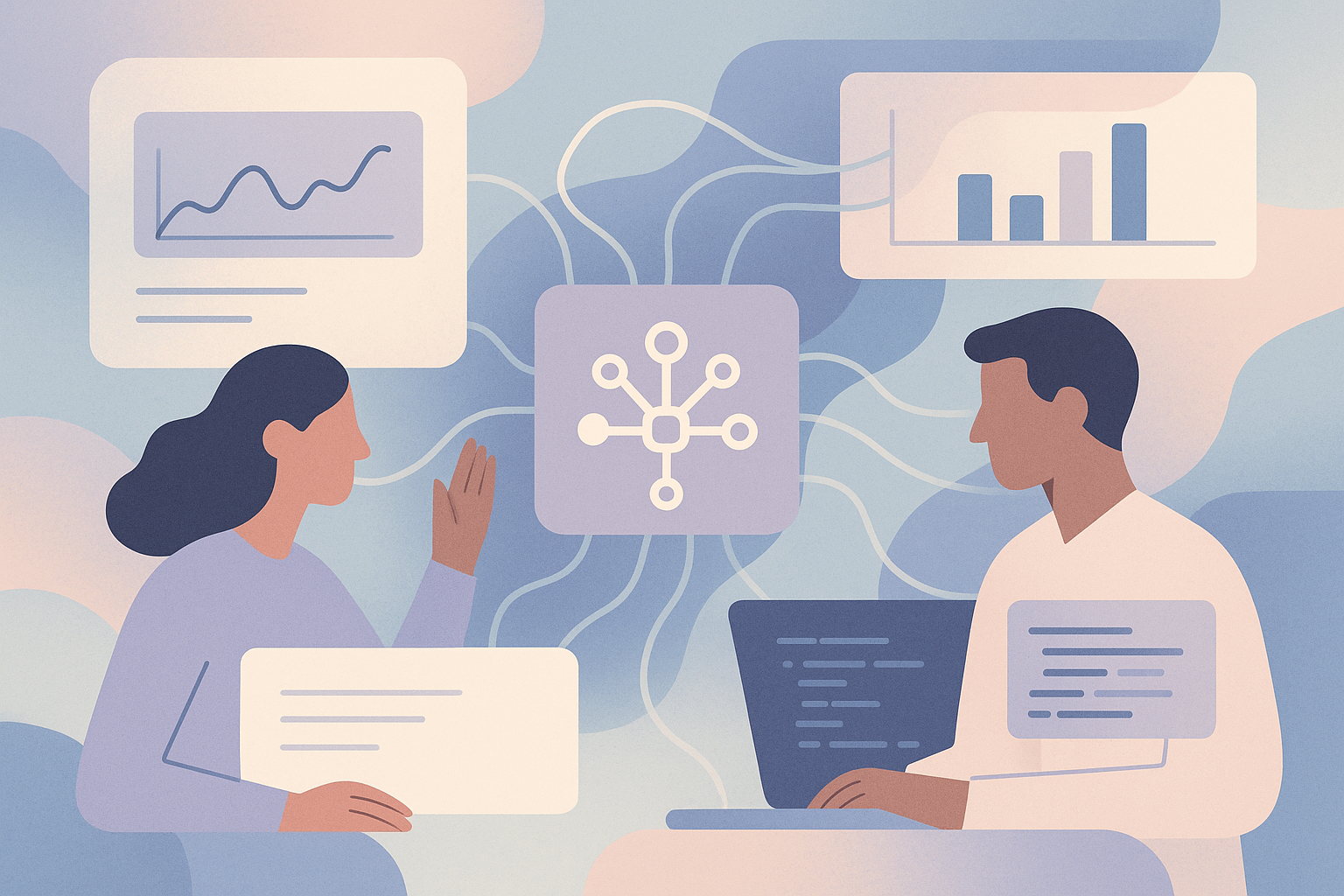OpenAI outlines AI infrastructure and workforce strategy in response to US government request
OpenAI has published its official response to a Request for Information (RFI) from the Trump Administration’s Office of Science and Technology Policy (OSTP), setting out a national plan to strengthen the United States’ AI infrastructure, workforce, and energy capacity.
The document, signed by Christopher Lehane, Chief Global Affairs Officer at OpenAI, was shared publicly alongside a LinkedIn post from OpenAI Global Affairs highlighting the key themes of the proposal.
OpenAI described AI as a “once-in-a-century opportunity” to modernize the US economy, expand domestic manufacturing, and reinforce national security. According to the submission, “the United States currently leads the world in developing artificial intelligence—an advantage that ensures that AI will be built to benefit as many people as possible, not just a few.”
OpenAI’s internal analysis projects that an initial $1 trillion invested in AI infrastructure could result in more than 5 percent additional US GDP growth over three years. The company’s Stargate initiative, six large-scale data center sites under construction in Texas, New Mexico, Ohio, and Wisconsin, represents nearly seven gigawatts of planned capacity and more than $400 billion in investment over the next three years.
OpenAI said it remains on track to reach its full $500 billion, 10 GW commitment by the end of 2025, ahead of schedule, with additional sites under evaluation across the country. “The country will need many more electricians, mechanics, metal and ironworkers, carpenters, plumbers and other construction trade workers than we currently have,” the company stated.
Addressing America’s “electron gap”
A central focus of the submission is energy capacity. OpenAI warned that the United States risks falling behind the People’s Republic of China (PRC), which added 429 gigawatts of new power capacity in 2024. more than one-third of the total US grid. By comparison, the United States added just 51 GW.
OpenAI called on OSTP to set an ambitious national goal of building 100 GW of new energy capacity each year to close what it described as the “electron gap.” “Electricity is a strategic asset—it underpins the US AI advantage and in turn, our economic competitiveness, technological leadership, and national security,” the submission stated.
The company also supported recent Department of Energy steps to streamline state-level permitting, noting that faster grid expansion is key to sustaining AI development.
To support the AI buildout, OpenAI proposed an industrial strategy aimed at reducing reliance on foreign supply chains for semiconductors, metals, and other critical inputs. The submission recommends expanding the Advanced Manufacturing Investment Credit (AMIC) to cover grid components, AI servers, and data centers, while deploying federal grants and loans to scale US production of materials such as copper, aluminum, and electrical steel.
It also urged the creation of a national Strategic Reserve for essential AI materials, modeled after the Strategic Petroleum Reserve. “This reserve would provide domestic producers with the certainty they need to expand production,” OpenAI wrote, adding that it would help stabilize prices and reduce dependence on the PRC.
OpenAI outlined detailed proposals to streamline federal permitting processes that currently delay infrastructure projects. It suggested tightening Federal Energy Regulatory Commission (FERC) timelines, expanding use of curtailable load resources, and accelerating environmental reviews under the Clean Water and Clean Air Acts.
The company also noted it is already working with US National Laboratories to use AI to optimize and accelerate permitting. “At OpenAI, we are bringing new power online to support sites like our flagship Stargate campus in Abilene,” the submission said. “Our data centers are designed to be curtailable—reducing their draw or even returning power during peak demand, helping to protect reliability and avoid higher costs for consumers.”
Building America’s AI workforce
OpenAI’s Workforce Blueprint forms another key section of the RFI response. The company proposes large-scale federal investment in workforce development through community colleges and trade schools, supported by federal funding streams such as the Workforce Innovation and Opportunity Act.
Through the OpenAI Certifications and Jobs Platform, launching in 2026, the company plans to connect its Stargate sites with local training and education programs. Its long-term goal is to certify 10 million Americans in AI fluency by 2030.
“Nearly 2.5 million Americans already have engaged with our AI literacy content through the OpenAI Academy learning platform,” the document states. “Launch partners ranging from Walmart to the Texas Association of Business, representing thousands of smaller businesses, will help ensure that enterprises of all sizes are able to provide training for their employees.”
National security and standards
The final section of OpenAI’s submission centers on safeguarding national security while maintaining the country’s innovation lead. It recommends strengthening the Center for AI Standards and Innovation (CAISI) as a single federal hub for AI evaluation, standards development, and industry collaboration.
Proposals include exempting sensitive technical data shared with CAISI from public disclosure under the Freedom of Information Act, modernizing cybersecurity frameworks under the Department of War, and expanding the government’s classified cloud capacity through a proposed “Classified Stargate” initiative.
The submission also calls for updates to data residency and accessibility rules to enable secure experimentation with non-sensitive data, and for alignment of the National Institute of Standards and Technology (NIST) AI Risk Management Framework with existing US laws such as HIPAA and Reg SCI.
OpenAI concluded its submission by urging the US government to “think big, act big, and build big.” It emphasized the need for a coordinated approach spanning energy, education, and manufacturing.
Christopher Lehane wrote: “We see this reindustrialization as a foundational way for the US to ‘predistribute’ the economic benefits of the Intelligence Age from the very start. As with the wheel, the printing press, the combustion engine, electricity, the transistor, and the internet, if we make it possible for the US to occupy the center of this Age, it will lift all Americans regardless of where they live.”
























